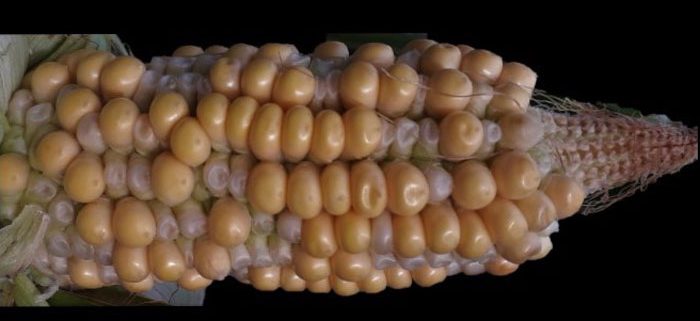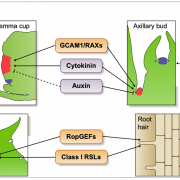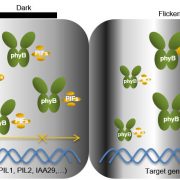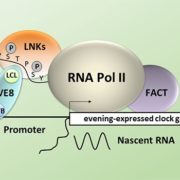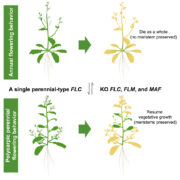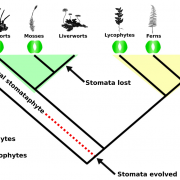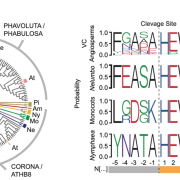The Importance of the DNA Damage Response during Maize Kernel Development
Pedroza-Garcia report that the necessity for DNA damage response kinases under non-stress conditions is higher in maize than in Arabidopsis, indicating that the mechanisms maintaining genome integrity may be more important for vegetative and reproductive development than previously thought. Plant Cell https://doi.org/10.1093/plcell/koab158
By José Antonio Pedroza-Garciaa,b and Lieven De Veyldera,b
aDepartment of Plant Biotechnology and Bioinformatics, Ghent University, Ghent, B-9052, Belgium
bCenter for Plant Systems Biology, VIB, Ghent, B-9052, Belgium
Background: The maintenance of genome integrity is crucial at every developmental stage for all living beings, avoiding the accumulation of mutations that might affect growth and survival. The main DNA-damage inducing factors result from cellular metabolism and environmental stresses. Due to their immobility, plants in particular are exposed to diverse adverse conditions that can induce DNA damage. Upon the occurrence of such damage, cells activate the DNA damage response (DDR) pathway. The two major actors in this response are ATM (Ataxia Telangiectasia Mutated) and ATR (ATM and Rad3 related) that upon recognition of DNA damage and replication defects activate downstream signaling cascades that eventually initiate DNA damage repair and prevent the transmission of mutations.
Question: So far, plant ATM and ATR kinases have predominantly been described for the model plant Arabidopsis thaliana and it has been assumed that their functions are conserved in other plants, including crops. We aimed to test this assumption through the characterization of maize ATM and ATR knockout plants.
Findings: In response to exogenously induced DNA damage, the ATM and ATR signaling functions appear to be conserved between Arabidopsis and maize. Contrastingly, under non-stress conditions the necessity for the kinases appears to be much higher in maize. Likely due to their much larger genome compared to their Arabidopsis counterparts, the maize mutants display accumulation of endogenous DNA damage. In addition, the absence of ATR resulted in a reduction of fertility, as reflected by a smaller cob size, decrease in the number of seeds, and the stochastic abortion of kernels. Likewise, a reduction in the weight and size of mature seeds was observed, accompanied by a decrease in storage nutrients due to impairments in the processes of endoreplication and cell death that occur during the endosperm development. Our data highlight that the mechanisms controlling the maintenance of genome integrity are of higher importance for crops than previously anticipated.
Next steps: We aim to study the components operating downstream of ATM and ATR, in particular those related with the onset of the endosperm cell death program. Moreover, it will be important to study the growth of these maize mutants under field trail conditions.
Jose Antonio Pedroza-Garcia, Thomas Eekhout, Ignacio Achon, Maher-Un Nisa, Griet Coussens, Ilse Vercauteren, Hilde Van den Daele, Laurens Pauwels, Mieke Van Lijsebettens, Cécile Raynaud, and Lieven De Veyldera. (2021). Maize ATR Safeguards Genome Stability During Kernel Development to Prevent Early Endosperm Endocycle Onset and Cell Death. Plant Cell. https://doi.org/10.1093/plcell/koab158.


